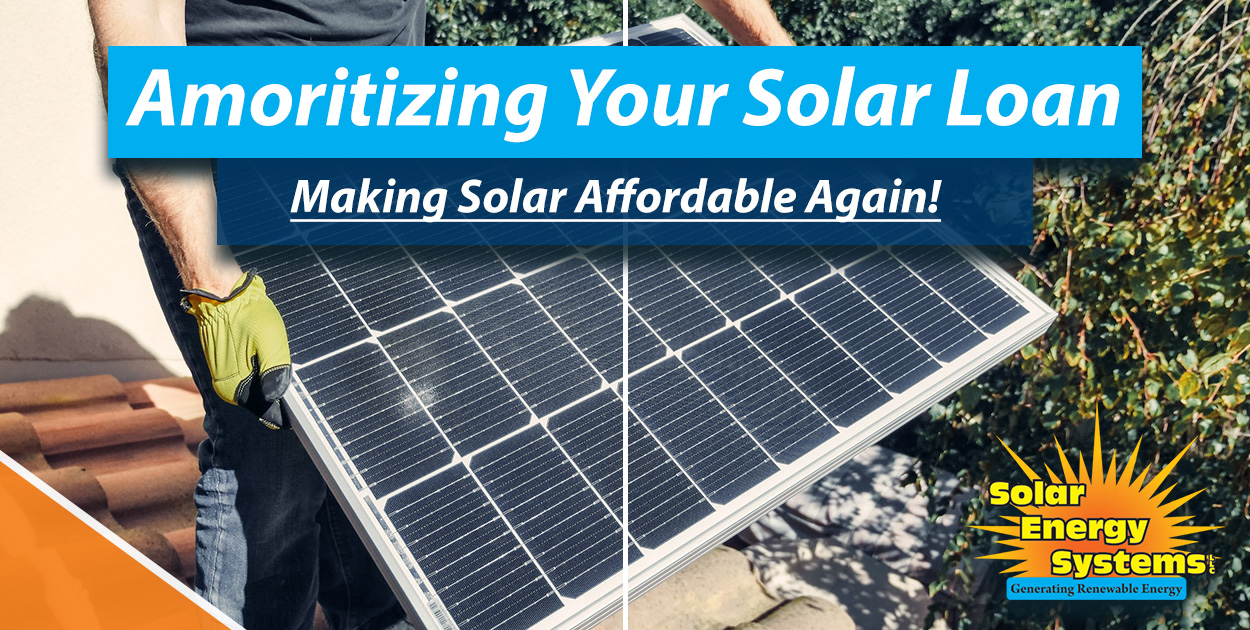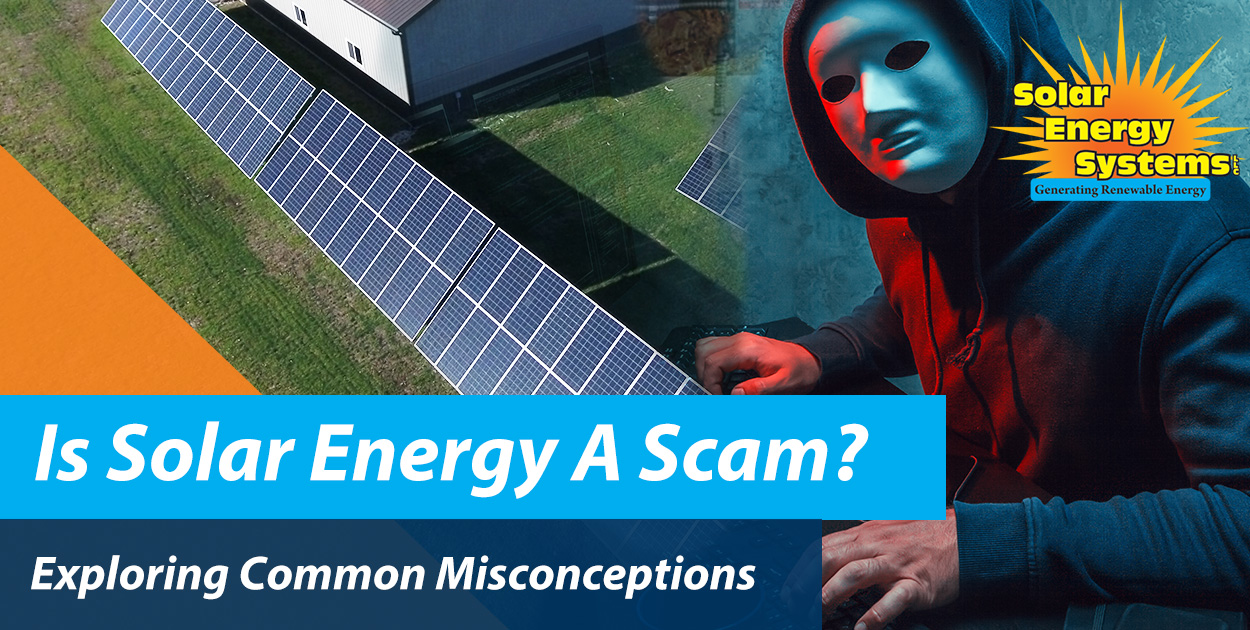How Amortizing Your Solar Loan Can Lower Your Expenses
In a world where energy costs continue to rise, switching to solar power has become a smart financial move for homeowners across America. The initial investment can seem daunting, but there are various ways to make it more affordable, from grants and financing to tax credits and depreciation values. One powerful financial tool that often goes unnoticed is loan amortization. In this blog, we’ll break down how amortizing your solar loan can significantly lower your monthly expenses, making the transition to clean energy even more accessible.
Step 1: Request an Estimate
The journey towards a more sustainable future begins with a simple step: request an estimate for your solar project. Companies will assess your energy needs, roof space, and available sunlight to determine the size and cost of your solar system. For the purpose of this blog, let’s consider a $100,000 solar system.
Step 2: Apply for Grants (Up to 50%)
Financial assistance is available for homeowners looking to go solar. Federal, state, and local grants can help cover a significant portion of your solar project’s cost. These grants can often cover up to 50% of the total expenses, reducing your initial investment to $50,000.
Step 3: Apply for Financing
With your grant secured, you can now explore financing options for the remaining $50,000. Many financial institutions offer solar loans, allowing you to spread the cost over several years, typically with interest rates in the range of 5% to 7%.
Step 4: Install the System
The installation of your solar system is a pivotal moment in your journey toward cleaner and more affordable energy. It’s the phase where the potential of your solar investment transforms into a tangible reality. When you choose Solar Energy Systems as your installation partner, you’re making a decision that ensures not only the proper setup of your system but also the optimization of its performance, maximizing your energy generation and long-term savings.
Step 5: Claim 30% Tax Credit and Depreciation Values
The federal government offers a 30% tax credit on your total solar system cost. This incentive can significantly reduce your tax liability and further lower your expenses. Additionally, solar systems can be depreciated for tax purposes over time, offering additional financial benefits.
Example: The Impact of Amortizing Your Solar Loan
Let’s dive into a hypothetical example. You’ve installed a $100,000 solar system with a 7% interest rate loan. Before amortization, your monthly loan payments would be approximately $850 to $900.
Step 6: Amortize Your Solar Loan
After the first year of using your solar system and claiming the tax credit and depreciation values, it’s time to amortize your loan. Loan amortization essentially means breaking your loan payments into smaller, regular installments over the loan’s term.
With a $50,000 loan at 7% interest over 20 years, your monthly payment could drop to around $350 to $400 after amortization. That’s a significant reduction from the initial $850 to $900 before amortization.
The Savings Add Up
The real beauty of loan amortization is that it spreads your expenses over time, making solar energy even more affordable. Not only do you benefit from lower monthly payments, but you also enjoy substantial long-term savings on your energy bills.
Conclusion: Making Solar Affordable for All
Transitioning to solar power isn’t just an environmentally conscious decision; it’s a financially savvy one too. By utilizing grants, financing, tax credits, and depreciation values, you can significantly reduce your initial investment. The final piece of the puzzle is loan amortization, which can cut your monthly expenses in half. This financial strategy ensures that going solar is accessible for ordinary Americans, helping you take control of your energy costs and contribute to a greener, more sustainable future. So, start your solar journey today and watch your savings grow.








